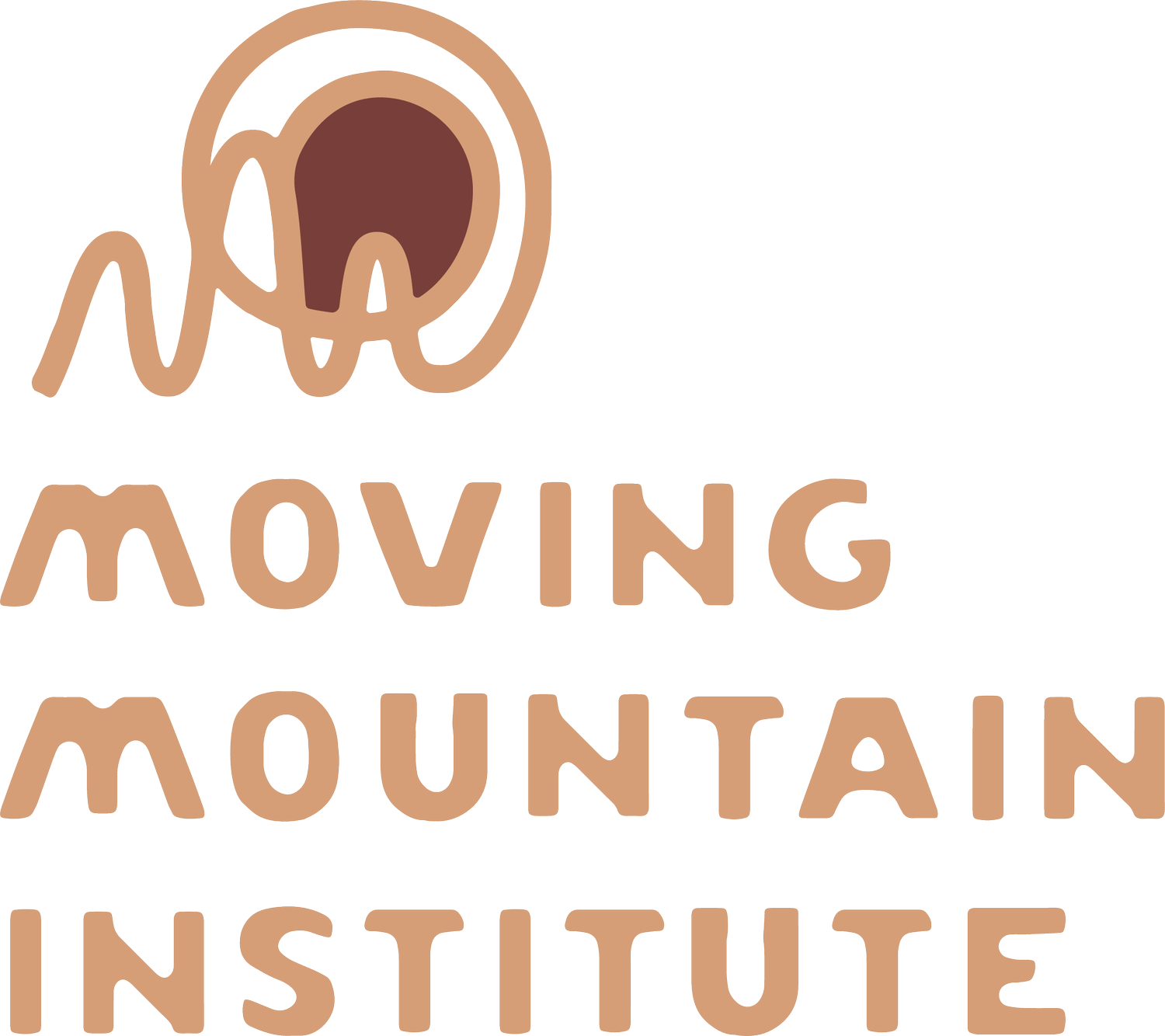Why I’m not that interested in the question “what kind of craniosacral therapy do you do/teach?”
/I get asked a lot about “my approach” to craniosacral therapy (CST). Of course, I have one. It is always evolving and is rooted in my experience of doing the work with the people I am treating. I am not beholden to anyone else’s ideas about the craniosacral system, I love being with each person’s system and listening to and participating with how their system presents itself.
There is often a subtext to this question: “do you focus on the physicality of the form?” which sometimes implies that you are missing out on something essential. Or, there is the converse, “is your emphasis on the energetics of the work?” I find both perspectives lacking. Bodies are what show up in the clinic so obviously the form is important. And, a fundamental aspect of embodiment is that energy, like actually energy, is what animates the form. So, wherever we do anything energetics are implied.
The body has manifested itself and so its form is meaningful. Within that form (and between all forms) there is undoubtedly magic at work. That is also relevant and is an inherent potential anytime we work.
There is an unfortunate reductionism when it comes to discussing this idea of orientation in CST. People often focus on some form of the question; “Who did you study with?”, “What kind of CST do you do?” Sometimes it feels like folks are trying to position themselves and/or me with this question. A colleague recently shared with me that they were talking with someone who said “I only do Upledger CST.” I couldn’t even figure out what that meant.
I find it a little sad, because CST is expansive and unbounded, each patient or client, each day having their own experience of the work, hopefully free of an overlay from the person providing the work.
It is my sincere hope that anyone who has studied and is practicing CST has come into their own relationship with the work and is developing their own style, free from teachers and in touch with bodies.
The body doesn’t care who you follow, it cares how you listen and how you respond.
I studied with the Upledger Institute over 20 years ago. I had a great experience in those classes, it was upending and mind blowing and life altering. Not because I did it “their way.” There was something in the underlying philosophy that spoke to me.
The courses and Dr. Upledger’s foundational text introduced me to a way of being with the body that was rooted in listening first. This simple tenet struck a resonant chord and is the foundation of all of my work, no matter modality or type of medicine.
Listen first, listen long.
Second, I was introduced to the idea that the body contains a profound organizing intelligence and our role is to follow that (and I have come to also believe the body wants our meaningful and engaged participation with it).
There is some trust and surrender here, where the body guides us may not make sense, but I would rather follow an intelligence greater than mine even if I’m not totally sure where we are going. I believe the body and the person receiving the work find this attitude very interesting and enlivening. I think the body consciousness responds to this sort of openness in our work and participates more fully. It often leads us to interesting places.
After listening, offer a meaningful response.
Dr. Upldedger’s text contains multitudes of wisdom. One of the themes throughout the book is that the ideas presented are stepping off points, not end points. Each reader is encouraged to take them into their work and form their own relationship with the ideas and techniques. This simple encouragement is often lost in current conversations about CST.
I take that to heart. I encourage students on Day One of training to make the work their own. Each of us, our bodies, our psyche and intelligence, our hands and touch are prismatic. The light shines through each of us uniquely and our work is better for it.
Apprenticeship to the Body
I think a better question is; “Does this approach encourage me to find my own relationship with the work?” If you find your own relationship with the work then your work will be inspired, it will be evolving, it will carry energy and connection. Tissues will feel that.
What I have arrived at in thinking about the work we all do, is that we should be encouraging and supporting one another to be apprentices to the body. The body is our first and most important teacher. Everything is in service to learning about the body, how the body communicates, the wisdom that the body has to share with us and our people while we are working.
When I am apprenticing myself to the body I am studying the body’s properties, striving to learn how the body experiences itself. This statement in the form of a question continues to guide my study and my practice.
Asking how the body experiences itself has led me to ongoing study of:
The properties of the connective tissue or fascial system.
Connective anatomy - i.e. how structures are connected to each other via connective tissues
The form is the body’s language so I like having an image of the form in my hands along with the specific properties of the types of tissue I am working with.
The nervous system in the form of some specific theories/approaches that are very relevant in hands-on medicine:
The polyvagal theory
The emerging and evolving field of Interpersonal Neurobiology
Insights from Attachment Theory
The roles that structural and systemic oppression play in health, especially nervous system health.
The fact of the body is magic
The body is equally magic and matter of fact. It doesn’t really need us as practitioners getting too involved in big stories about what the sacrum signifies, for example. I find that sometimes those approaches are satisfying to the practitioner and force the person receiving the work into the practitioner’s world view, instead of us entering into the world of who we are treating. Each body carries its own story and our work is to be with that as it expresses itself in that specific person.
In the end, I prefer to let the body speak for itself and aspire in all of my work to share what I have learned from my own questions and my own listening. Hopefully, this provides some structure and support so folks who study with me or come for treatment can come more deeply into connection with themselves.
These ideas hold true for any hands-on modality. It should be clear that you are being encouraged to come into your own relationship with the technique so it can come through you authentically and uniquely, carrying your specific flavor, your matter of fact magic.




